This article was medically reviewed by Luba Lee, FNP-BC, MS and by wikiHow staff writer, Hunter Rising. Luba Lee, FNP-BC is a Board-Certified Family Nurse Practitioner (FNP) and educator in Tennessee with over a decade of clinical experience. Luba has certifications in Pediatric Advanced Life Support (PALS), Emergency Medicine, Advanced Cardiac Life Support (ACLS), Team Building, and Critical Care Nursing. She received her Master of Science in Nursing (MSN) from the University of Tennessee in 2006.
This article has been viewed 188,712 times.
Burns on your lips can be painful and annoying to deal with, but there are ways you can treat minor ones at home. When you accidentally get a burn, start by cleaning and cooling it down to reduce the risk of infection. After the initial care, continue moisturizing your lips and relieving pain with over-the-counter medications and gels. As long as you treat the burn properly, it should go away within about 1 week. If you have a severe burn or your condition worsens, contact your doctor immediately.
Things You Should Know
- Go to the doctor immediately if your lips turn dark, if blisters form, or if you experience numbness.
- Heal your lip quickly using saline solution, a cold compress, and petroleum jelly.
- Treat your lip pain with daily over-the-counter pain relief and aloe gel.
Steps
Treating the Burn Immediately
-
1See a doctor if there are blisters or the burn looks dark-colored. Check the burn so you can see how it looks. If it’s red or slightly swollen, then you most likely have a first-degree burn that you can easily treat at home. However, if you have darkened skin, blisters, or numbness in your lips, it may be second-degree or third-degree burn and you need medical assistance. Go to the doctor as soon as you can so you can get proper treatment.[1]
- Don’t try to pop any blisters at home since they’re more likely to get infected.
- You should also see a doctor if you burned the inside of your mouth.
-
2Clean the burn with liquid soap or a saline solution to disinfect it. Immediately rinse the burn with lukewarm or cool water to relieve some of the pain. Gently lather liquid soap onto your lips to clean them. You can also spray the burn with a saline solution if it’s painful to apply soap. Rinse off the soap or saline solution with lukewarm water.[2]
- Saline solution may sting slightly when you apply it.
- Don’t apply too much pressure when you lather the soap or else you could cause more pain.
Advertisement -
3Hold a cool, damp cloth on your lip to reduce inflammation. Wet a clean washcloth under cold water and wring out any excess. Hold the compress directly against your burned lips and keep it there for up to 20 minutes to relieve the pain. If the compress gets warm, rewet it with cool water again before putting it back on your lips.[3]
- Don’t use a dirty cloth since it could increase your chances of getting an infection.
- Try to keep your head upright as much as possible to prevent the burn from swelling.
Warning: Never put ice on your burn since it can cause more damage to your skin tissue.[4]
-
4Rub white petroleum jelly into your lips to keep them moisturized. White petroleum jelly locks in moisture and can help protect the burn from infection. Rub a thin layer of the petroleum jelly gently onto your lips so you cover the entire burn. Leave the petroleum jelly on your lips for as long as you need and reapply it up to 2–3 times per day.[5]
- You can buy white petroleum jelly from your local drugstore or pharmacy.
- White petroleum jelly is safe to consume, so it’s okay if you accidentally swallow some.
- Avoid putting any creams or salves on severe burns since they could make your condition worse.
Caring for Your Burned Lips
-
1Don’t touch your lips if you don’t need to. Touching the burned area on your lips can make it more susceptible to infection and cause pain. Leave the burn alone so it has time to heal on its own. If you need to touch your lips, make sure you wash your hands thoroughly beforehand to get rid of any bacteria.
- Don’t smoke while your burns healing since it could cause more pain.
-
2Take over-the-counter pain relievers to help soothe the burn. Try ibuprofen, naproxen sodium, or aspirin to help ease any pain you’re feeling. Only use the recommended dose on the medication’s package and wait about 30 minutes to feel the effects. If you still feel pain 6–8 hours later, take another dose of pain relievers.[6]
- Follow the dosing instructions on the medication’s package since many only recommend taking 4–5 daily.
- If you feel severe pain from your burn, contact your doctor so they can check the severity of the burn and possibly prescribe you stronger pain relievers.
-
3Apply aloe gel to the burn to help relieve the burning sensation. Aloe gel has healing properties and can relieve pain from burns effectively. Spread a thin layer of aloe gel on your lips until you cover the entire burn. Allow the aloe to sit and absorb into your skin to treat the burn. Reapply the aloe 2–3 times each day if you’re still feeling pain or warmth around your lips.[7]
- Don’t use aloe gel on severe burns unless you get your doctor’s approval first.
Warning: Make sure there are no additives in the aloe gel or else it may not be safe to use around your mouth.
-
4Visit your doctor if your symptoms do not improve or get worse. After about 1 week, check your burn in a mirror to see how much it’s healed. If the burn looks smaller, continue treating it the same way you have been until it goes away. If it still looks the same or it feels worse than before, let your doctor know so they can check if there’s anything else affecting your treatment.[8]
- Your doctor may prescribe antibiotics or pain relievers depending on what they find during your appointment.
-
5Use lip balm with SPF 50 if you plan on going out in the sun. If you go out in the sun, the heat may cause pain, make skin damage worse, or give you sunburn. Look for a lip balm that’s labeled for sun protection and apply a thin layer over the burn. Reapply the lip balm after 1–2 hours in the sun so you have continuous protection.[9]
- Wear a hat or use an umbrella to keep your lips out of the sun if you still feel pain.
- If you don’t have an SPF lip balm, apply a natural sunscreen to your lips. Look for a zinc oxide-based sunscreen that’s free of BPA, parabens, and fragrance. Some natural sunscreens also contain soothing plant-based ingredients, such as aloe vera and sunflower oil.
Warnings
- If you have severe lip swelling or blisters on your lips, or if the burn looks dark-colored, see a doctor immediately since the burn may be severe.⧼thumbs_response⧽
- Avoid putting any creams or salves on a severe burn unless you’re instructed to by a doctor.⧼thumbs_response⧽
- Don’t put ice on the burn since it can cause more damage to your skin.[11]⧼thumbs_response⧽
Things You’ll Need
- Liquid soap or saline solution
- Washcloth
- White petroleum jelly
- Pain relievers
- Aloe gel
- Lip balm with SPF 50
References
- ↑ https://www.nhs.uk/conditions/burns-and-scalds/treatment/
- ↑ https://www.mayoclinic.org/diseases-conditions/burns/diagnosis-treatment/drc-20370545
- ↑ https://www.nhs.uk/conditions/burns-and-scalds/treatment/
- ↑ https://www.mayoclinic.org/diseases-conditions/burns/diagnosis-treatment/drc-20370545
- ↑ https://healthengine.com.au/info/first-aid-oral-trauma-children#burns
- ↑ https://www.mayoclinic.org/diseases-conditions/burns/diagnosis-treatment/drc-20370545
- ↑ https://www.ncbi.nlm.nih.gov/pubmed/7561562
- ↑ https://www.nhs.uk/conditions/burns-and-scalds/treatment/
- ↑ https://www.nhs.uk/conditions/burns-and-scalds/recovery/
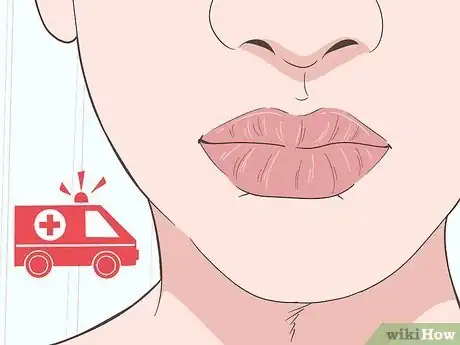
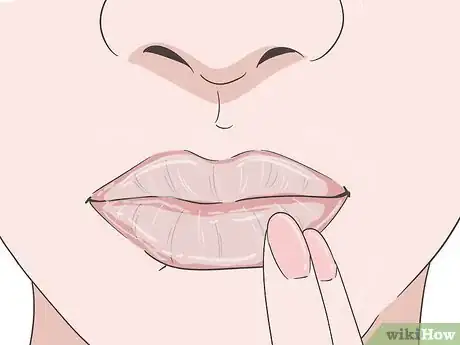
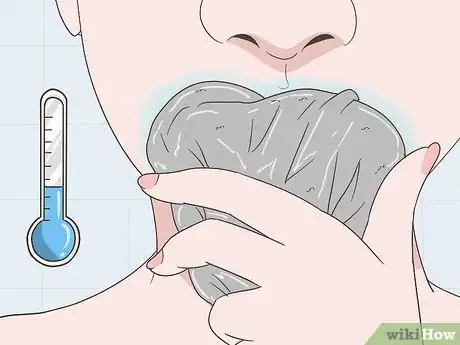

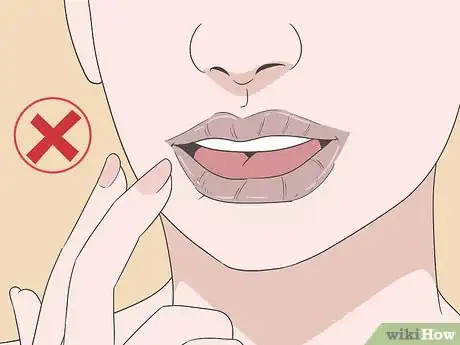
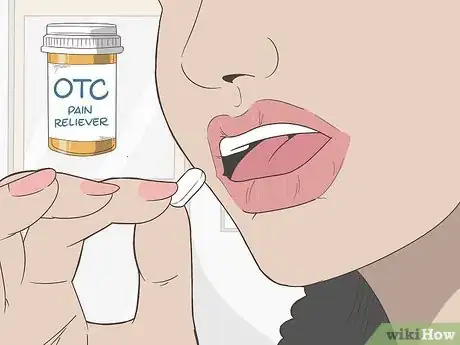
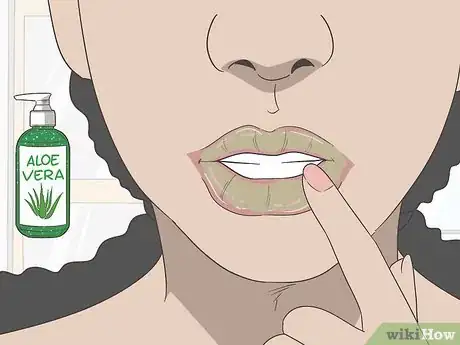

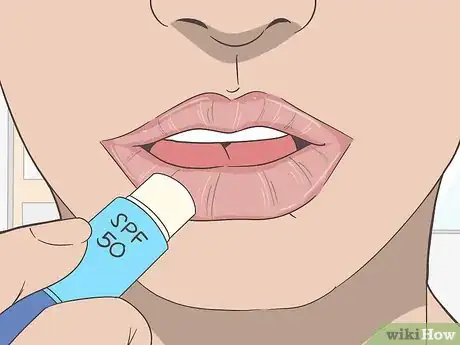
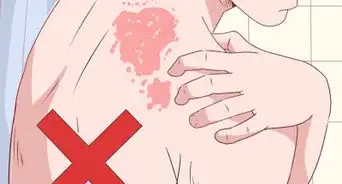



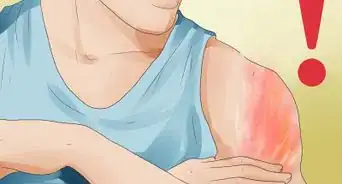


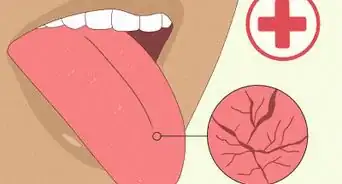

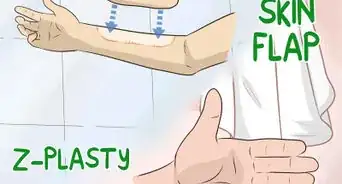
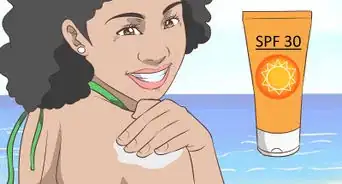

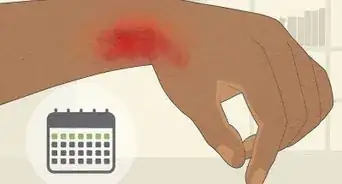
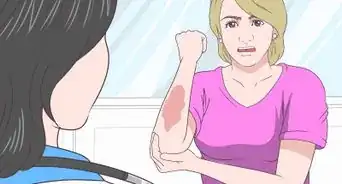







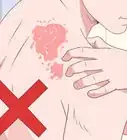
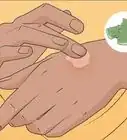

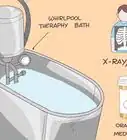



































Medical Disclaimer
The content of this article is not intended to be a substitute for professional medical advice, examination, diagnosis, or treatment. You should always contact your doctor or other qualified healthcare professional before starting, changing, or stopping any kind of health treatment.
Read More...